10 family destinations to go wild in Ireland
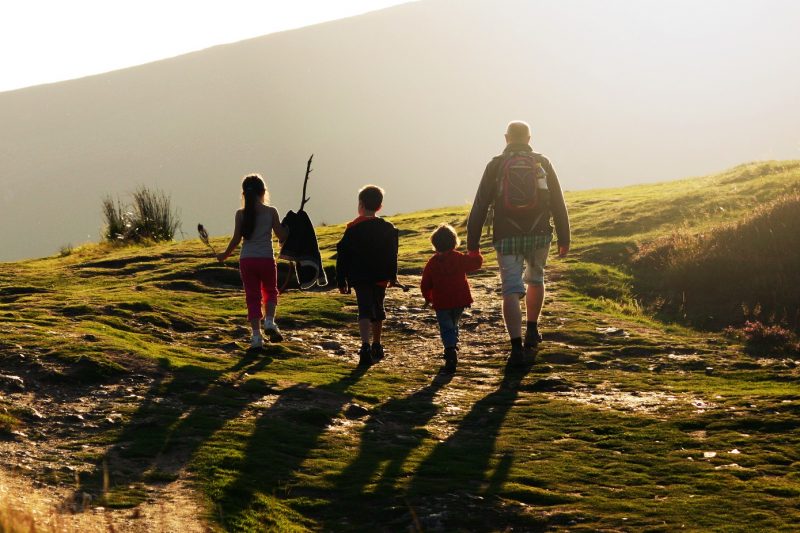
Disclosure: This is a collaborative post however all words and photos remain my own.
Now that spring has officially sprung, it’s time to come out of hibernation and get out there. Summer awaits, with longer, slower days, balmy evenings, and family outdoor adventures.
No need to fly off somewhere exotic – staycations are the new jetsetting, and you’ll reduce your carbon footprint in the process. Whether you have a few hours or a couple of weeks, Ireland is the perfect playground for family days out and/or holidays.
You will find below some of our favourite family destinations to go wild in Ireland, from hidden gems to hot spots, from remote mountain trails to well-trodden coastal treasures.
Should you need more ideas and inspiration, chill.ie/car-insurance have published a beautiful eBook to help you plan your perfect Irish road trip.
Contents / Sommaire
1. Lough Tay, a.k.a. Guinness Lake, Co Wicklow
Starting close to home in Wicklow, the J.B. Malone Memorial, above Lough Tay in the Wicklow Mountains National Park, is undeniably one of our all-time favourite spots in Wicklow, if not Ireland.
Facing the stark cliffs of Luggala, overlooking the dark waters of the aptly nicknamed Guinness Lake, and gazing into the wilderness of the Wicklow uplands, it feels like standing at the edge of the world.
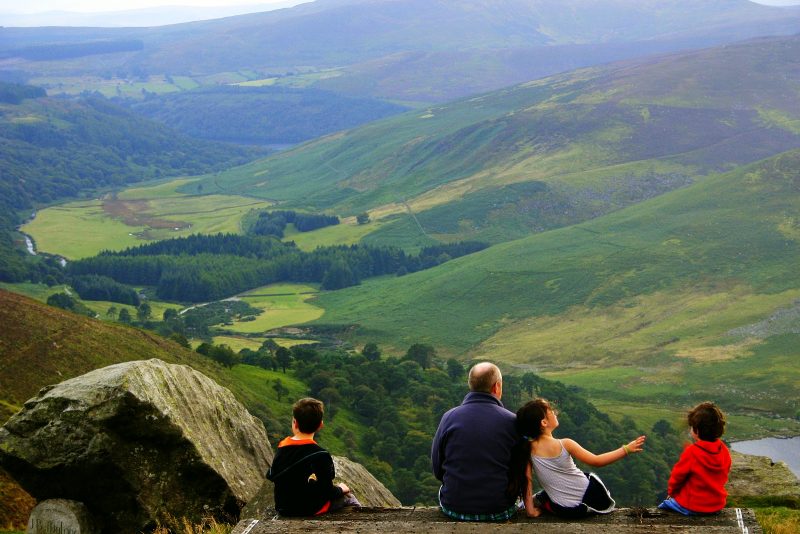
From the J.B. Malone car park, you can walk across the road for a plunging view over Lough Tay.
But to reach the memorial, named after the creator of the Wicklow Way, start walking through the coniferous stand behind the car park to catch the boardwalk trail to Djouce Mountain (alt. 725m/2,379ft). The raised trail is made of railway sleepers to protect the blanket bog from further erosion.
The views are nothing short of spectacular all the way to the summit of Djouce, taking in the Wicklow Mountains, the Vartry Reservoirs and even the Irish Sea in the distance.
Getting there
Driving on the R755, turn right onto the R759, signposted for Sally Gap. Continue for 4.5km up this road to the J.B. Malone car park on the wayside.
Nearby, you will find the Ballinastoe Mountain Bike Trails.
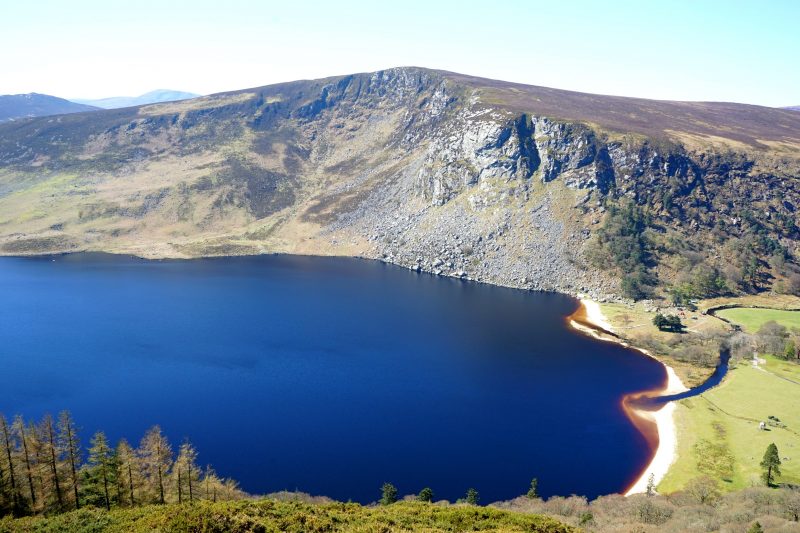
Lough Tay, a.k.a. the Guinness Lake, in the Wicklow Mountains
2. Powerscourt Waterfall, Co Wicklow
Few places are more beautiful than the Powerscourt Waterfall, Co Wicklow, on a sunny day. Ireland’s highest waterfall (121m/398ft) never fails to wow us, nestled as it is in a stunning parkland at the foothills of the Wicklow Mountains.
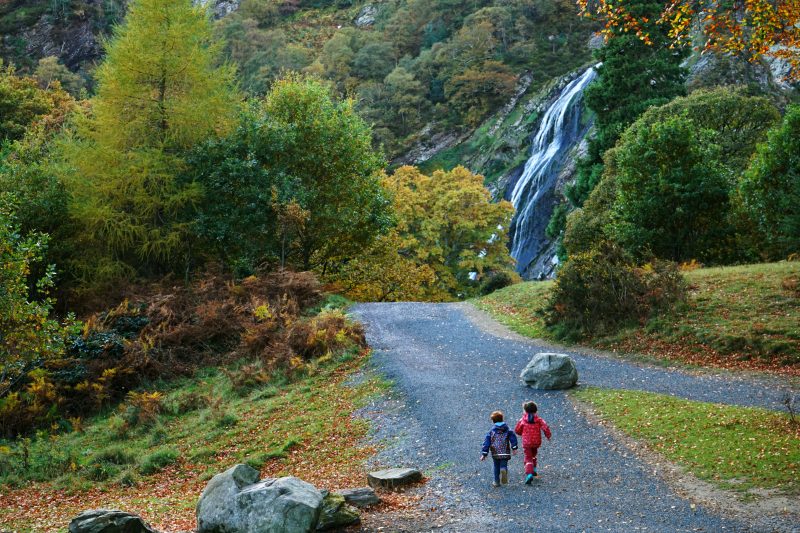
Every trip starts at the wonderful playground, before moving on to the waterfall itself – majestic with its blue waters flowing over jet-black rocks, and the whole gamut of nature’s colours on the surrounding trees.
While the surrounding park can get busy with day-trippers in the summer months, the woodlands and trails on the opposite side of the Dargle River make for a few hours of wonderful exploration. Just make sure to kit out the children in rain gear and wellies, ready for some serious river action!
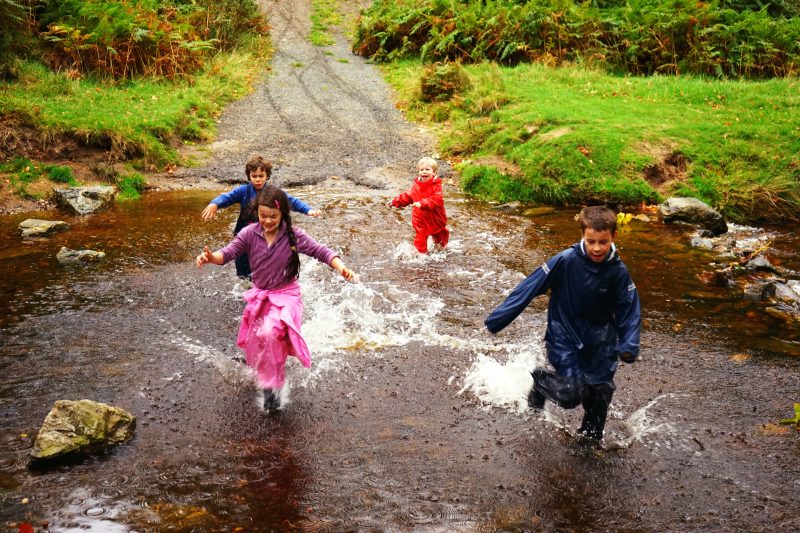
Good to know
Admission: Family (2 adults and up to 3 children) €16; Adult €6; Senior/Student €5.50; Child (3 to 12) €3.50. Annual pass holders enjoy unlimited entry to the waterfall during opening hours.
There is ample parking, and toilet facilities at the playground. Dogs are allowed on a leash only.
3. River Barrow, Co Carlow
With 192km (120mi), the Barrow is Ireland’s second longest river (after the Shannon), yet it remains a hidden gem.
Our first taste of the River Barrow goes back to a camper van holiday when we first tried canoeing as a family with Go With The Flow River Adventures. Paddling down the River Barrow to Graiguenamanagh, Co Kilkenny, was one of the highlights of our trip. So much so that I immediately booked another canoeing adventure for the summer.
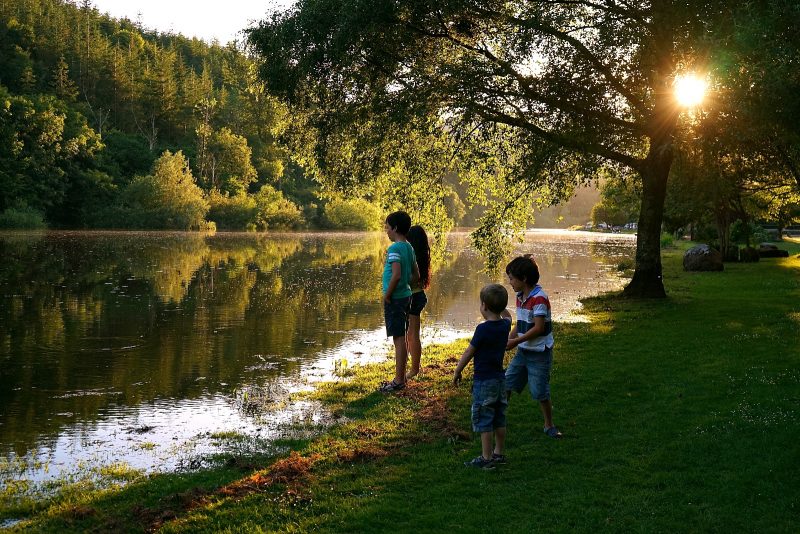
If canoeing and other watersports are not your thing, the Barrow has plenty more to offer as a family destination. The Barrow Way, which follows the former towpath over 113km (70mi), from Robertstown, Co Kildare, to St. Mullins, Co Carlow, can be walked or cycled, with many campsites and types of accommodation along the way.
Whatever floats your boat, the River Barrow is ideal to get away from it all.
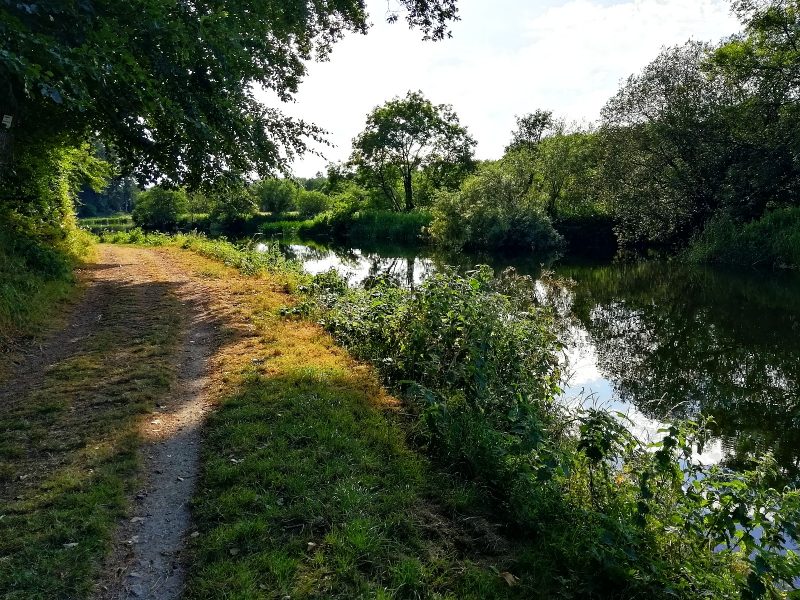
4. Saltee Islands, Co Wexford
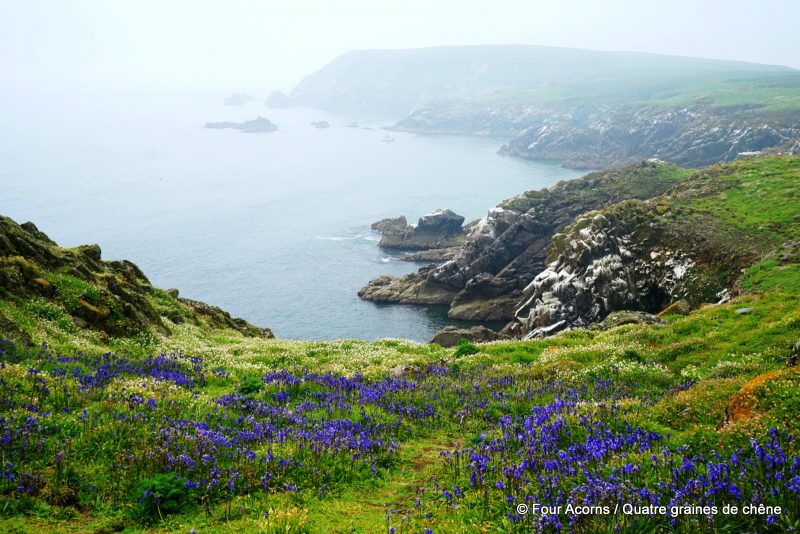
Heading into the sunny South-East…
The Saltees are a pair of privately-owned islands located about 5km off Ireland’s southeastern coast in St. George’s Channel. Only Great Saltee is accessible by boat for day trips, weather permitting of course.
The journey to Saltee Island Great is an adventure in itself. The crossing, on a powerful motorboat which sits up to 12 passengers, takes 15-20 minutes from Kilmore Quay, only to reach a pair of dinghies bobbing on the water surface a few hundred metres from the island’s landing beach.
There is nothing on the island – no shop, no facilities, no shelter. And that’s the beauty of it. Nothing but wild flowers and thousands of sea birds, and a colourful history.
“All people young and old, are welcome to come, see and enjoy the islands, and leave them as they found them for the unborn generations to come see and enjoy.”
– Michael the First
In 1943, Kilmore Quay-born Michael Neale bought the islands, thus realising his childhood dream and becoming the self-proclaimed First Prince of the Saltees.
Great Saltee has been open to day trippers and birdwatchers ever since. For the Saltees are an exceptional bird sanctuary – twelve species of seabirds breed regularly on the island. Gannets, puffins, kittiwakes, gulls, fulmars, and guillemots can easily be spotted without binoculars. Great Saltee is also home to a 120-strong colony of grey seals.
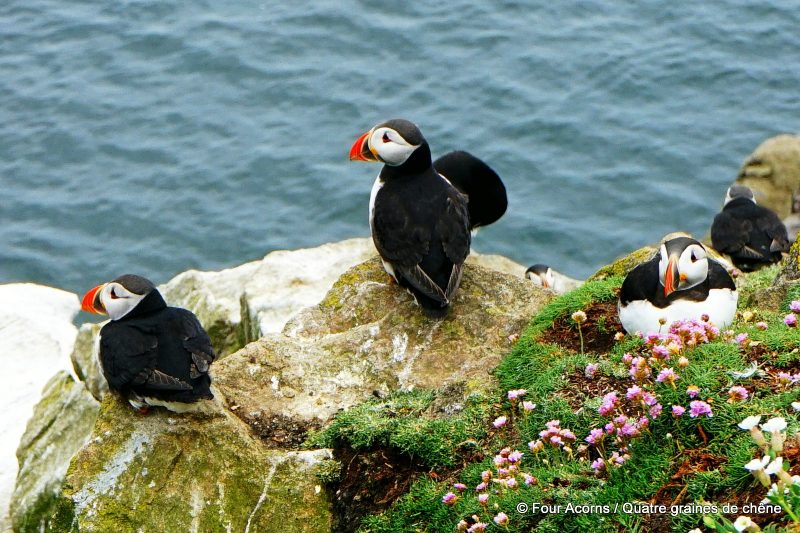
Uninhabited, away from it all, Great Saltee is one of those rare places where nature has been left to its own devices, for the enjoyment of all species, humans included.
For more information, please visit the excellent Saltee Islands website.
5. Mizen Head, Co Cork
The lighthouse at Mizen Head may appear unremarkable by Ireland’s standards, but the location more than makes up for it. When you reach the end of the narrow windy road to Mizen Head (any further and you’d drop into the ocean!), be prepared for an unforgettable family day out.
From the mighty Atlantic surf crashing against the twisted cliffs of Ireland’s most southwesterly point, to the elegant white bridge spanning a vertiginous gorge, to a detailed history of the area’s maritime heritage, including the construction of the stalwart Fastnet lighthouse, Mizen Head has it all, for all ages.
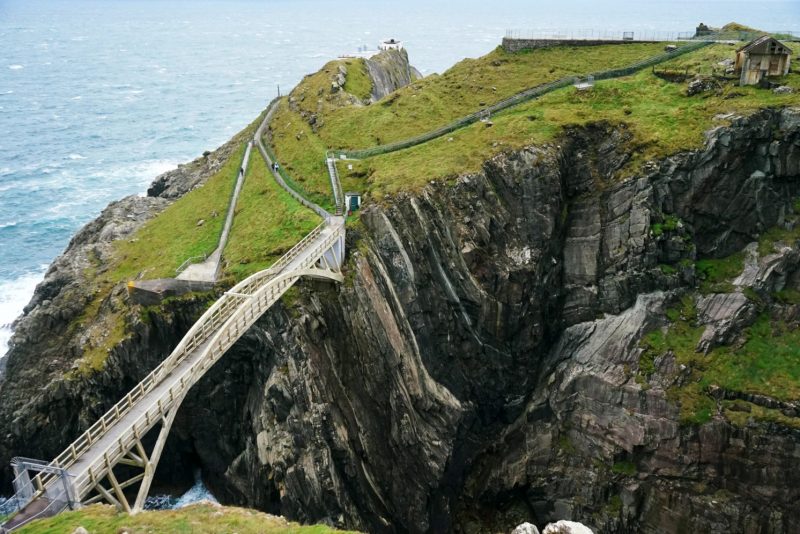
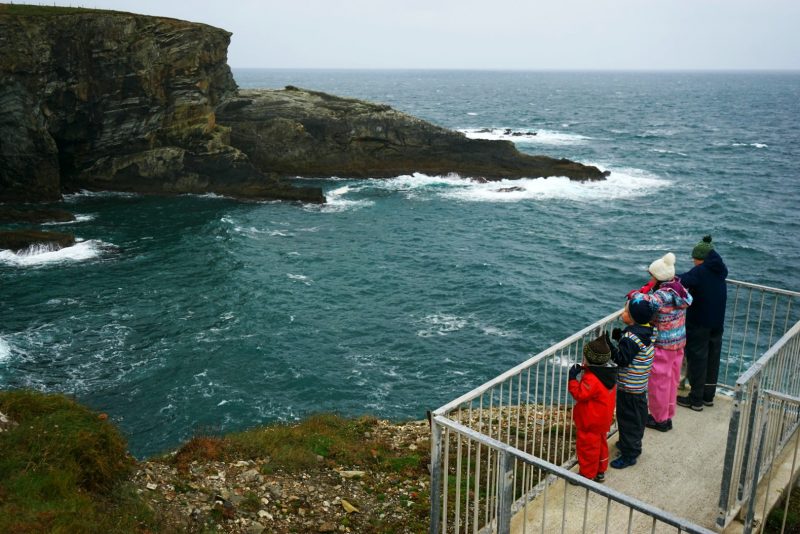
6. Coral Beach, Co Galway
This is Trá an Dóilin, also known as the Coral Beach, in Connemara along the Wild Atlantic Way. On a bright day, with the sun enhancing the tropical blues in the bay and the warm rose colour of the strand, it looks like a far-flung holiday paradise.
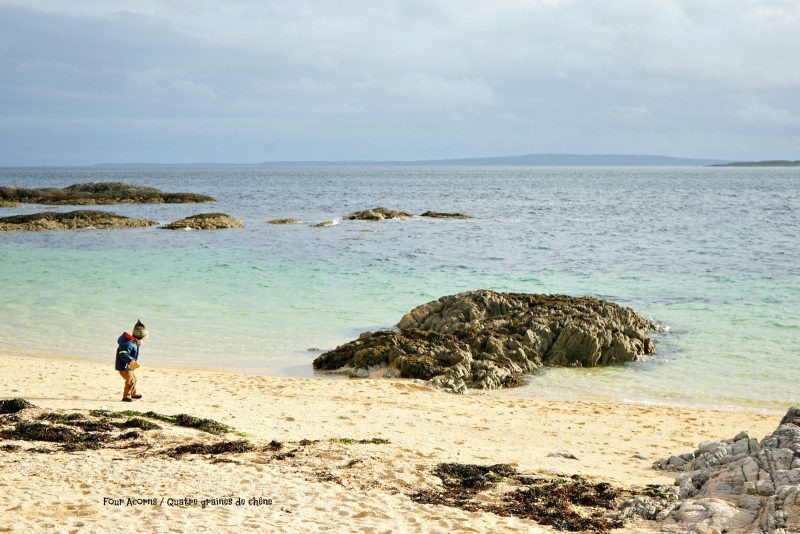
So is the beach made of sand or coral?
Well, none of the above.
This is maërl, a collective name for detached coralline algae (Phymatolithon calcareum). This seaweed grows underwater in Greatman’s Bay. When it dies, its myriad fragments of various shapes and sizes wash up on the shore to form the so-called Coral Beach, even though it has nothing to do with animal corals.
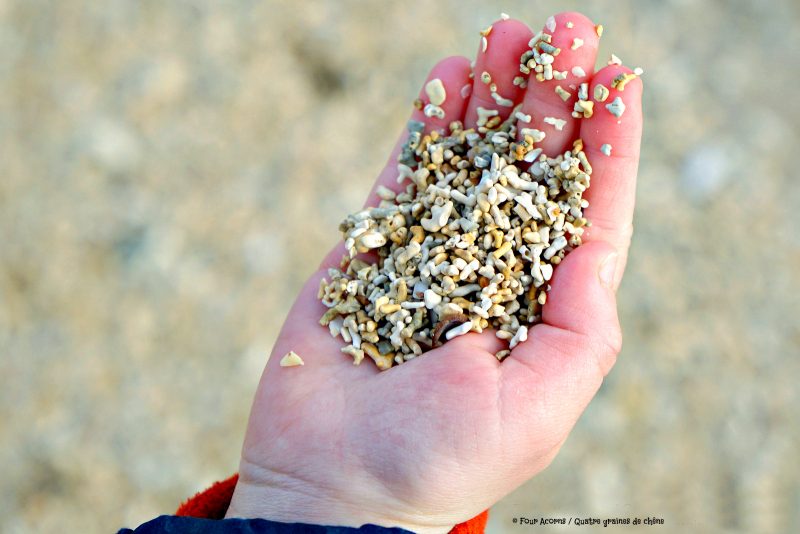
Please note that footwear is a necessity on the Coral Beach, whether staying on the strand or wading in. Remember also that removing any beach material from the shore is prohibited by law.
7. Achill Island, Co Mayo
There is something about the west of Ireland, and Achill (Acaill in Irish), on a gloriously sunny day.
Away from the shore the emerald green rollers spill into tumultuous white foam before reaching the long crescent of fine ivory sand. Against the soaring backdrop of the Mweelin cliffs, languid waves of crystalline water flow over the glistening, mirror-like Keel Strand.
Tropical island? Nope. Achill, on the Wild Atlantic Way.
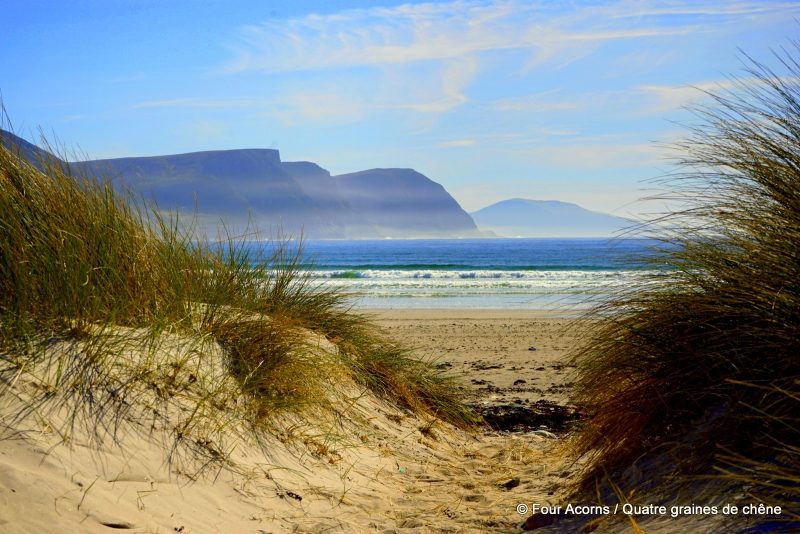
Achill’s rugged landscape features dramatic cliffs, soaring mountains, remote lakes and secluded beaches – including no fewer than five Blue Flag beaches – perfect for a family day out, or a seaside holiday.
This unique landscape is ideal for a wide range of outdoor activities, from surfing, windsurfing and scuba diving to hillwalking, fishing, golf and many more.
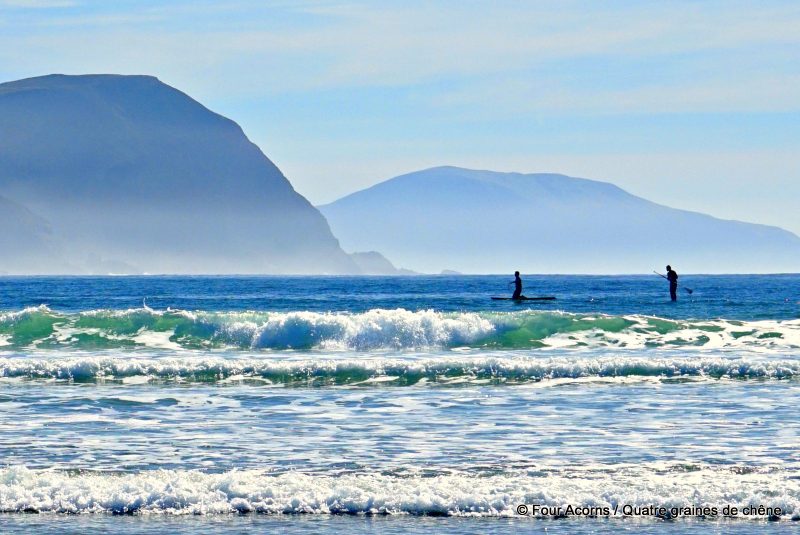
Great Western Greenway
Of course, it is also home to the famed Great Western Greenway. Stretching over 42km/26mi, Ireland’s premier walking and cycling route was built on the former Westport to Achill railway line, which closed in 1937. Bikes and all cycling accessories can be hired from several outlets along the route, including some which provide a shuttle service.
8. Knocknarea, Co Sligo
The limestone mountain of Knocknarea (alt. 327m/1,073ft) dominates the skyline of Sligo. Standing on the Cúil Irra (Coolera) peninsula between the bays of Sligo and Ballysadare, it is crowned by Medb’s Cairn.
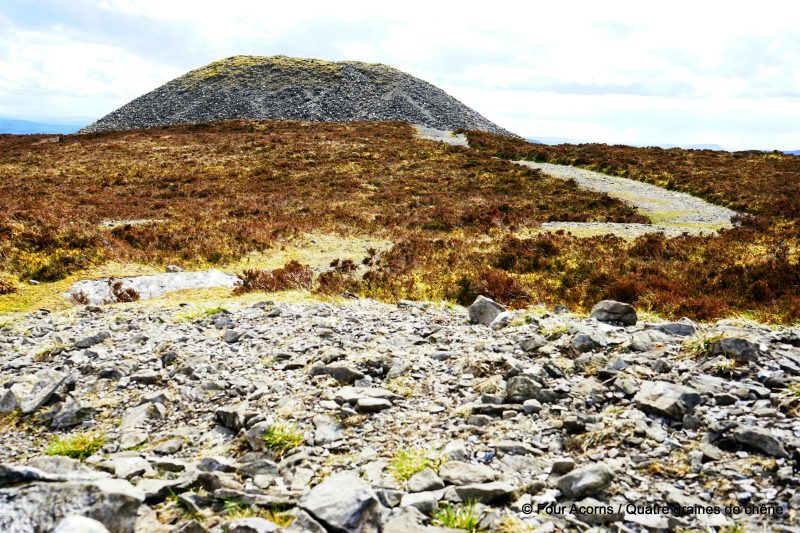
Measuring 55m (180ft) in width and 10m (33ft) in height, the great cairn, which remains unexcavated, is believed to conceal a Neolithic passage tomb, probably erected about 3400BC. Legend has it that Queen Medb of Connacht was buried inside, standing and spear in hand.
There are two trails, both well signposted, leading to the summit of Knocknarea — the new Knocknarea Queen Maeve Trail starts at the Strandhill Rugby Club and involves a ‘bog bridge’; the trailhead for the second one is at the Queen Maeve’s Grave car park.
Be aware that the final ascent is truly steep. The rocky trail goes straight up to the summit, through open pastures and heathland. Everywhere you look, the views are breathtaking.
Visitors are asked not to climb on the cairn, and not to remove stones from it, as large visitor numbers are causing damage to the structure.
It is considered bad luck to take a rock from the mound. But if you bring a stone up the hill and make a wish as you add it to the great cairn, Queen Medb will grant your wish.
A few information panels help make sense of the scale of the site. For Queen Medb’s Cairn is the largest of a number of monuments, including house foundations, earthen banks and smaller passage tombs.
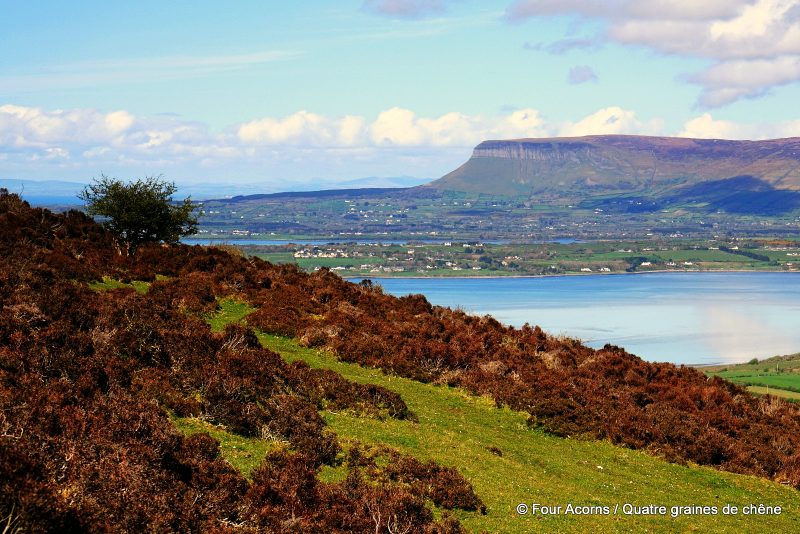
The iconic Ben Bulben, across Sligo Bay
9. Slieve League, Co Donegal
Slieve League (Sliabh Liag, in Irish) is a mountain whose southern side has been eroded by the wild Atlantic waves into a sheer drop 600 metres high (2,000ft). Although less famous than the cliffs of Moher, Co Clare, Slieve League reaches nearly three times higher, and is known as the highest accessible sea cliffs in Europe.
All around, the views will take your breath away. On one side, the infinite waters of the Atlantic Ocean churning some 600 metres below your feet, and on the other side, the undulating mountains of Slieve Tooey and the jagged coastline of Donegal Bay.
Ireland doesn’t get much more dizzyingly beautiful than that!
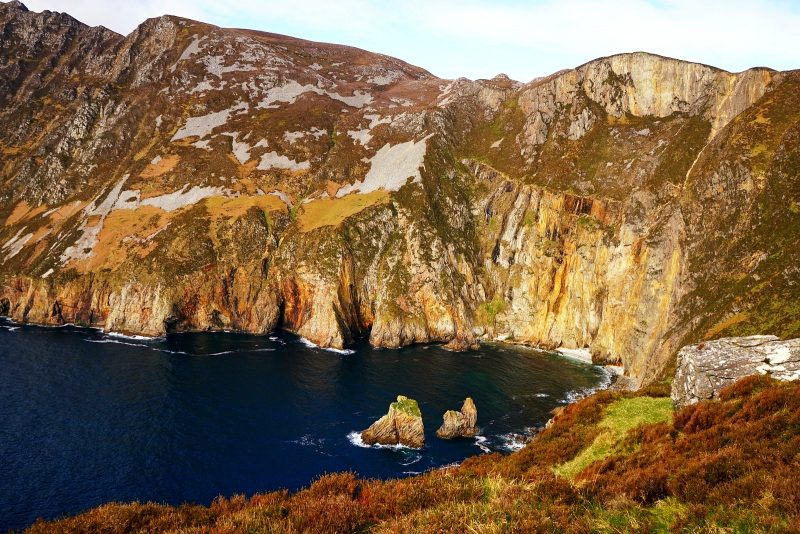
The Giant’s Table and Chair
While the Slieve League hiking trail, which skirts the cliff edge, is most definitely unsuitable for little legs, there is plenty to enjoy at the Bunglas viewpoint. Another way to explore this stunning site with children would be to go a boat tour, and see the soaring cliffs from the water. Enquire in nearby Teelin.
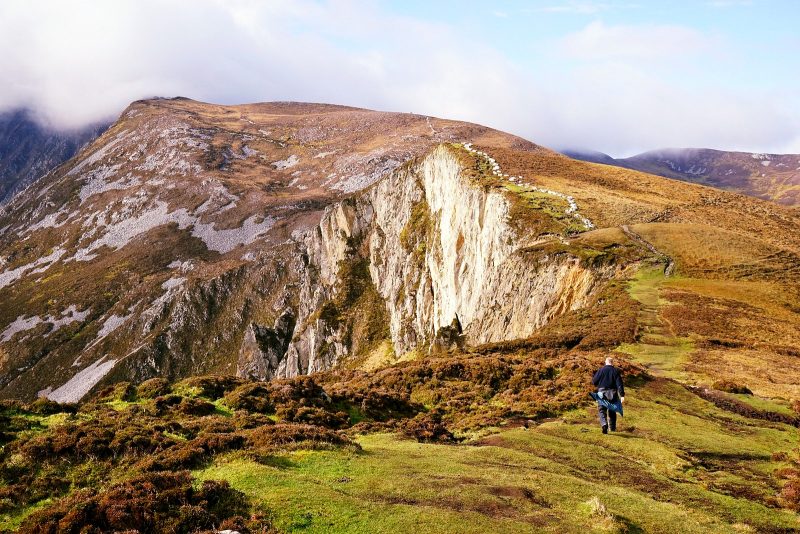
Hiking the Slieve League trail is most definitely unsuitable for children
Getting there
From Carrick, turn left in the middle of the village at the Sliabh Liag Lodge. Continue along this road for a distance of 5km to the Sliabh Liag Cliffs. There is a large car park with toilets at the start of the Slieve League Road, but it is possible to drive up the remaining 1.5km to the Bunglas viewpoint. Just make sure to close the farm gate behind your vehicle if you found it closed.
10. Mourne Mountains, Co Down
If you’re thinking of exploring the Mourne Mountains in Northern Ireland, Silent Valley Mountain Park is a great place to start as a family.
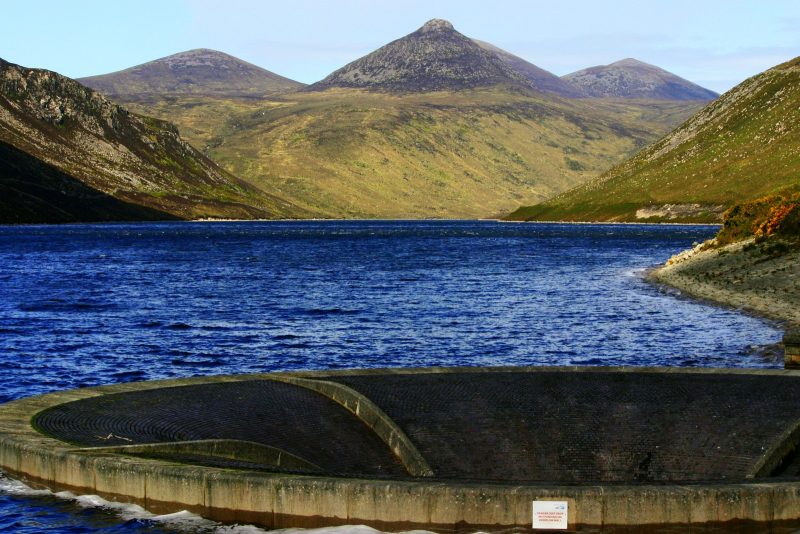
From the (paying) car park, visitors have access to a choice of 5 walking trails, all graded according to difficulty. The Ben Crom Trail and the Nature Trail are suitable for wheelchair users and buggies, while the Slieve Binnian route is a 11km/7mi circular hike in the high Mournes.
A reservoir created by the damming of the Kilkeel River in 1933, Silent Valley still supplies Belfast and most of Co Down with fresh water from the Mourne Mountains.
The dam is surrounded by jagged granite peaks, and its 9,000 acre (3,600 ha) catchment area is bounded by the incredible Mourne Wall. Built between 1904-22 to keep out grazing cattle, the longest dry stone wall in the world snakes for 22 miles (35km), and over fifteen mountain summits.
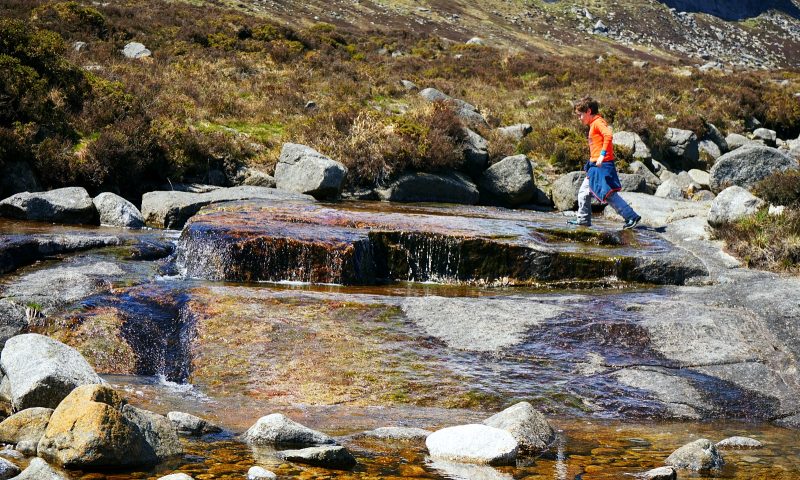
Feeling inspired yet?
Where in Ireland will you go wild this summer?
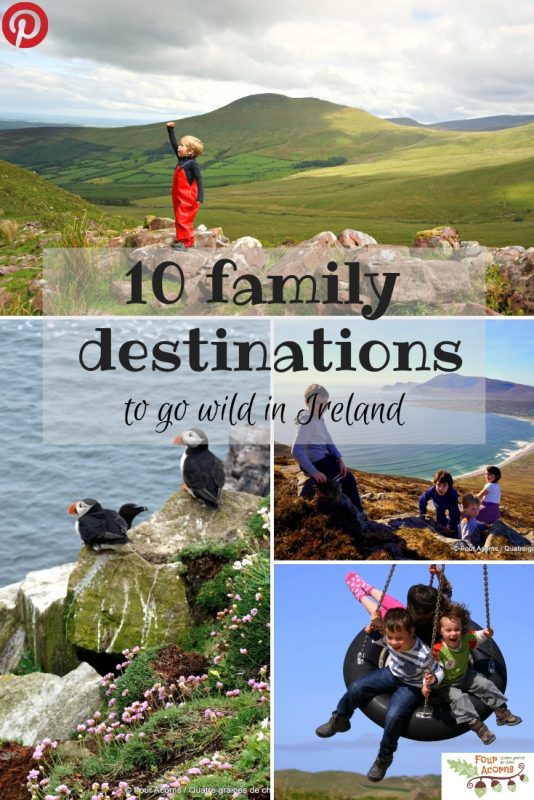
Disclosure: This is a collaborative post however all words and photos remain my own.

 Previous Post
Previous Post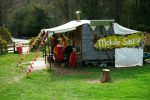 Next Post
Next Post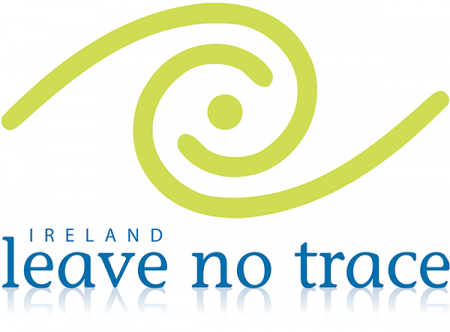
Such a beautiful country that I’ve never managed to explore beyond work visits to Dublin. Really need to rectify that at some point #countrykids
I really do want to visit Ireland again soon and will definitely book mark this for reference, these places all looks stunning #countrykids
Beautiful, beautiful, beautiful. I need to go back to Ireland and take the kids. What amazing views over Guiness Lake.
Your posts have certainly made me want to visit Ireland. What a beautiful country it is. The Powerscourt Waterfall and Mizen Head appeal to me and Coral Beach looks like a beautiful spot. I’ve got a few ideas now of places I’d like to see if we ever do make it over to Ireland. Thank you for sharing with #CountryKids.